Spāres Manor and Rakstnieku park
The former manor and the existing school have a rich and close offer of historical buildings around them and a perfectly cultivated natural area suitable for active enjoyment.
Active recreation
For families
For groups (11+)
History and culture
In winter
Landscape and nature
Urban environment
The Rakstnieku Park consists of plantations created in 1930 by thirteen prominent literary workers of Latvia. In 2014, the area was cleaned according to the preserved sketch of the plantings. A new tradition of supplementing the plantings with new trees was started and continued every year. Several nature trails start from the Rakstnieku Park.
3 trails with different difficulty routes start from the Rakstnieku Park: the "Green" circle is 1.4 km (easiest for pedestrians and MTB cyclists), the "Blue" circle is 2.7 km (easy for pedestrians, enriched with technical elements for cyclists), and the "Red" circle is 3.5 km (moderately difficult for pedestrians, moderately difficult for cyclists).
The place is available for visitors of different generations.
The place is available for a large number of visitors. Guided walks are available for groups of 10 - 25 people (only from outside). The offer includes a tour around the manor complex, an excursion to the Rakstnieku Park and an excursion to the monument to soldiers who fell in World War I. The guide must be booked in advance.
Spāres manor was founded in the 16th century. The manor was managed by the von Penkofski family from 1582. Later, the owner of the manor was Lemanis Sparre. Spāres manor got its Latvian name from his surname, but in German it is called both "Sparennhof" and "Samsky". Later the owners changed until the end of the 17th century. Spāre manor turned into a crown manor – state property during the reduction carried out by the Swedish government. In 1798, Tsar Paul I of Russia gifted the manor to court advisor Karl Julius von Schubert. The Spāre manor was owned by the Schubert family until the agrarian reform in 1920. Spāres special boarding primary school was established after the agrarian reform in 1922. The school is still open today.
Nowadays, 25 buildings from the 19th century can be viewed. The manor house acquired its current appearance at the beginning of the 20th century when it was restored after being destroyed during the revolution of 1905. The following buildings were preserved: a warehouse, ice cellar, stable, shed, bird house, servants' house, manager's house, granary, etc.
The place is available at any time of the year (excursions must be arranged in advance).
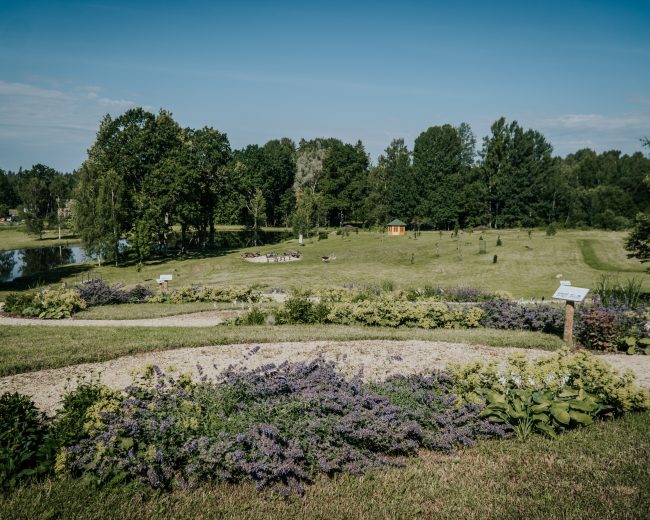
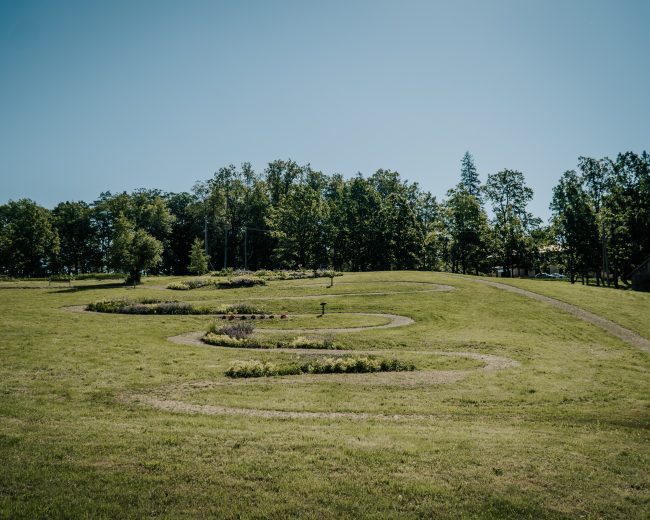
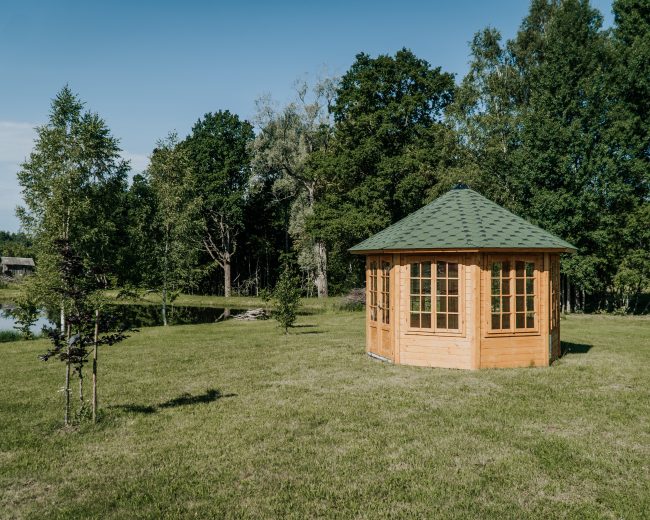
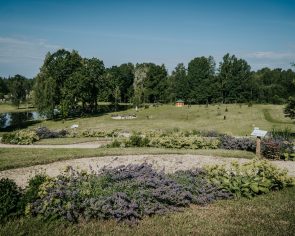
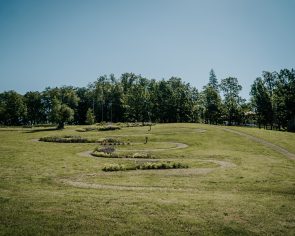
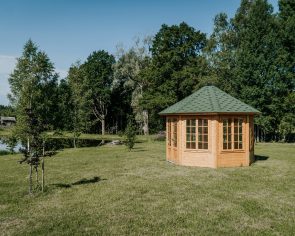
Working time
Outside space is always available.

